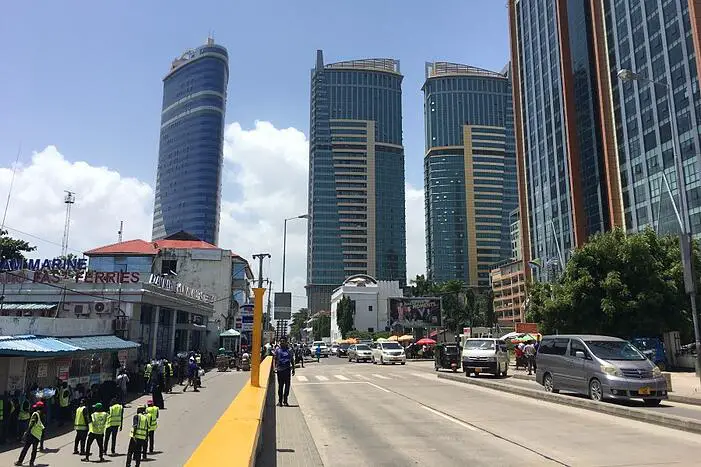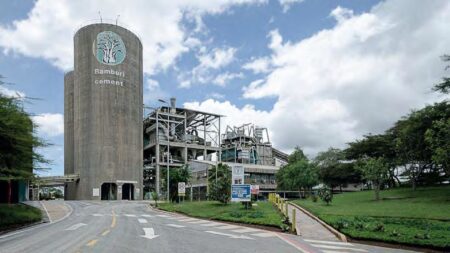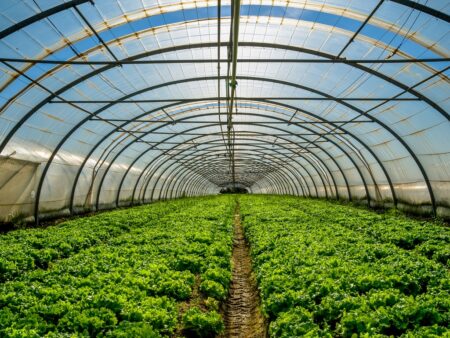The Central Bank of Tanzania (BOT) published the monthly economic review on June 2, 2021, highlighting key economic performance in the country’s different sectors.
Tanzania’s key economic sectors such as exports and imports showed modest performance while inflation remained in tolerable benchmarks.
The East African nation is one of the fastest-growing economies in Africa and it has been on a trajectory to enhance its economy, including advancing to a lower mid-income level, amid uncertainties caused by the global pandemic.
Read: Report Insight: Central bank shows good prospects on Tanzania economy
Various forecasts by different entities including the World Bank (WB) project that Tanzania’s GDP will grow by 4.5 per cent in 2021. However, the global recovery period dictates the fate of its economy.
Inflation
According to the report, headline inflation continues to be within the country and regional benchmarks in May 2021.
“Twelve-month headline inflation remained at 3.3 per cent in May 2021 as it was in the previous month, slightly higher than 3.2 per cent recorded in the corresponding period in 2020,” notes the BOT report.
On a month-to-month basis, headline inflation was 0.3 per cent which BOT argues is a bit higher than the rate recorded in the same period in 2020 but slightly lower than the preceding month.
Food and non-alcoholic beverages inflation increased slightly to 4.9 per cent in May 2021 from 4.8 per cent in April 2021. This was hugely driven by the rise of food prices and produce like sunflower, finger miller, fresh cassava, fresh fish and oil.
“Core inflation, whose index accounts for the largest share in consumer price index (CPI), increased to 3.7 per cent in May 2021 from 3.5 per cent in the previous month, attributed to increase in prices of sunflower oil, cooking fat, bread, wheat flour and cement, while all items less food and non-alcoholic beverages (non-food inflation) maintained at 2.7 per cent as it was in the preceding month,” the report noted.
Money Supply
The annual growth of extended broad money supply (M3) recorded an increasing trend since February 2021, which is a response to the sustained accommodative monetary policy conditions.
“M3 grew at 7.9 per cent in May 2021, compared with 7.8 per cent in the preceding month, largely due to an increase in foreign assets and credit to the private sector. Likewise, broad money supply (M2) grew by 7.7 per cent compared with 7.1 per cent in the preceding month,” the report noted.
The Central Bank review argued that interest rates charged on loans and those applied on deposits were generally stable.
“The overall and one-year lending interest rates averaged 16.61 per cent and 16.14 per cent in May 2021 compared with 16.67 per cent and 16.20 per cent that was registered in May 2020, respectively. Overall and one-year time deposits interest rates averaged 6.89 per cent and 8.75 per cent, compared with 6.80 per cent and 8.57 per cent that was recorded in May 2020, respectively,” central bank report noted.
The sustained implementation of accommodative monetary policy and ongoing regulatory measures, the Bank notes, are expected to further lower the cost of funds, which will consequently cater for space for the reduction of interest rates.
Budget Operations
Throughout the past 5 years, Tanzania has been advancing towards achieving higher domestic revenue performance, even breaking records since the establishment of the revenue authority, in December 2020 by gathering more than US$900 million.
In this context, the report noted that, in May 2021, domestic revenue stood at around US$648 million which is an increase of 7.2 per cent from May 2020, which marks an increase in economic operations.
“Tax revenue increased by 13 per cent to US$550 million. Non-tax revenue was US$72.6 million, while collections from Local Government Authorities own sources amounted to US$24.7 million an increase of 6.5 per cent from a similar period in the preceding year,” the Central Bank report noted.
Read: How Tanzania central bank January report lensed economy
Further on government operations, the report painted the government expenditure was more than US$1.2 billion of which development expenditure was US$670 million and the remainder was a recurrent expenditure.
“A large proportion of funding for development projects was from the local component, contributing 73.5 per cent, to the tune of US$492 million, with the balance being foreign funding for development projects,” the report noted.
Debt
Tanzania is one of a country with significant debt challenges in Africa.
According to the Central Bank, the government of Tanzania has prolonged its efforts to manage its debt, which are targeted towards attaining government “financing needs at lowest possible cost, while continuing monitoring closely the private sector external debt”.
“National debt stock stood at US$32.6 billion at the end of May 2021, an increase of US$551.3 million and US$3.54 billion from the preceding month and the corresponding month in 2020, respectively,” the report showed.
However, on external debt things weren’t performing well as the level of debt mounted.
According to the report, the stock of external debt, comprising the public and private sector, amounted to US$25.2 billion at the end of May 2021, an increase of US$649.3 million and US$2.70 billion from the level recorded in the preceding month and the corresponding month in 2020, respectively.
“The increase during the month was mainly on account of new loan disbursements. Disbursements during the month amounted to US$618.7 million, of which the Government received US$615.8 million for financing the development projects. External debt service payments amounted to US$131.0 million, out of which US$109.0 million was spent on principal payments and the balance for interest repayments,” BOT noted.
Exports
In this sector of the economy, the report noted that exports of goods and services performance was satisfactory “despite a decline”.
According to the report, during the year ending May 2021, the value of exports of goods and services stood at around US$8.5 billion compared with more than US$9.5 billion during the same period in 2020.
“The decline is largely attributed to a decrease in travel receipts. Meanwhile, the value of goods exported increased by 6.6 per cent to US$6.23 billion, owing to the good performance of non-traditional exports. During the period, the value of non-traditional exports rose to US$5.36 billion from US$4.53 billion, with significant increase registered in exports of gold, manufactured goods and horticultural products,” the report argued.
Further, the gold exports, which accounted for 56.4 per cent of total non-traditional exports, increased by US$505.3 million to US$3.027 billion. The report noted that this increment was furthered by supportive prices in the world market and ongoing government initiatives to manage the mining sector.
“On a month-to-month basis, the export value of non-traditional exports fell to US$468.7 million from US$504.3 million in May 2020, following low exports of mineral concentrates,” the report showed.
Imports
On imports, the report depicted that during the year ending May 2021, imports of goods and services declined to around US$9.6 billion from more than US$10.2 billion in the same period in 2020.
The report accounted travel, oil, transport equipment and building construction materials to be part of the significant decrease reflected in imports.
“The value of goods imported declined to US$8.45.3 billion compared to US$8.53 billion in the corresponding period in 2020. Oil imports decreased by 10.8 per cent toUS$1.48 billion owing to a sustained period of low oil prices in the world market. Oil constituted 17.6 per cent of all goods imports,” the report noted.
In a nutshell, the current trajectory taken by Tanzania especially government revenue and expenditure estimates for 2021/22 has been fitted to serve the country on a better level of attaining a real GDP growth of 5.6 per cent in 2021 and 6.2 per cent in 2022.
Read: Report Insight: Central bank shows good prospects on Tanzania economy











